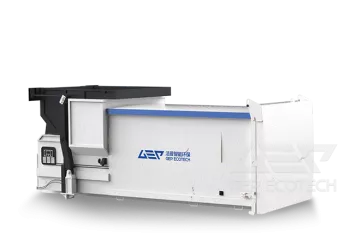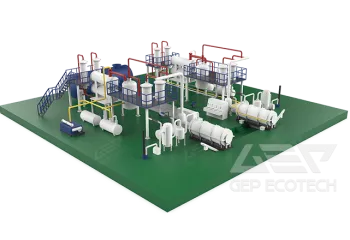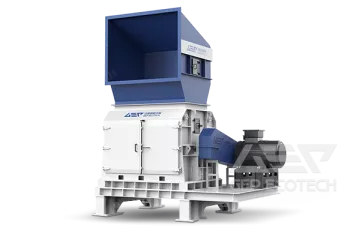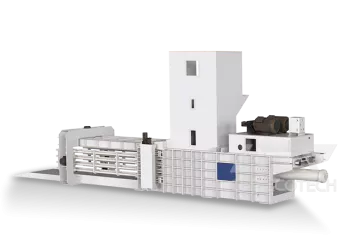The first way is to smash and discharge directly. Due to the limited kitchen space, on-site reduction treatment is the basic foothold of kitchen waste treatment. Some countries have equipped kitchen waste crushing equipment in the kitchens of units with small amount of kitchen waste to discharge the crushed waste into the municipal sewage pipe network. Of course, clogged drainage pipes and breeding of mosquitoes and flies are the disadvantages of this method.
The second way is landfilling, which is the common way for all kinds of garbage disposal. The kitchen waste contains a large number of degradable components, which is conducive to the recovery and use of the landfill site, and the operation is simple, so it is relatively common. However, with the gradual promotion of the availability of kitchen waste, the way of landfill has shown a downward trend, and even some countries have banned this way.
The third way, fertilizer treatment, mainly includes aerobic composting and anaerobic digestion. Aerobic composting can complete the ripening process of material composting in a short period of time, transform kitchen waste into humus that can enhance soil fertility, and the high temperature generated can inhibit harmful bacteria. However, if the content of oil and salt in kitchen waste is high, it will not be conducive to the decomposition and composting of organic substances, and the quality of the products produced will also be relatively low. Anaerobic digestion refers to the decomposition of organic substances in garbage by microorganisms under anaerobic conditions to produce methane, ethanol, hydrogen and other products with high economic value, but its disadvantages are complex process, large investment and long cost recovery cycle.
The fourth method, feed treatment, is based on the principle of crushing, dehydration, fermentation, soft and hard separation of a large amount of organic matter in kitchen waste, and then transforming the waste into high-calorie animal feed and turning waste into treasure. At present, the feed treatment technology of kitchen waste has become mature.
The fifth way is energy treatment, including incineration, thermal decomposition and hydrogen production by fermentation. Incineration treatment has the advantages of high reduction rate and relatively complete harmless treatment. However, due to the high water content and low calorific value of kitchen waste, auxiliary fuel needs to be added in the incineration, which increases the investment burden. At the same time, tail gas treatment is also a problem.
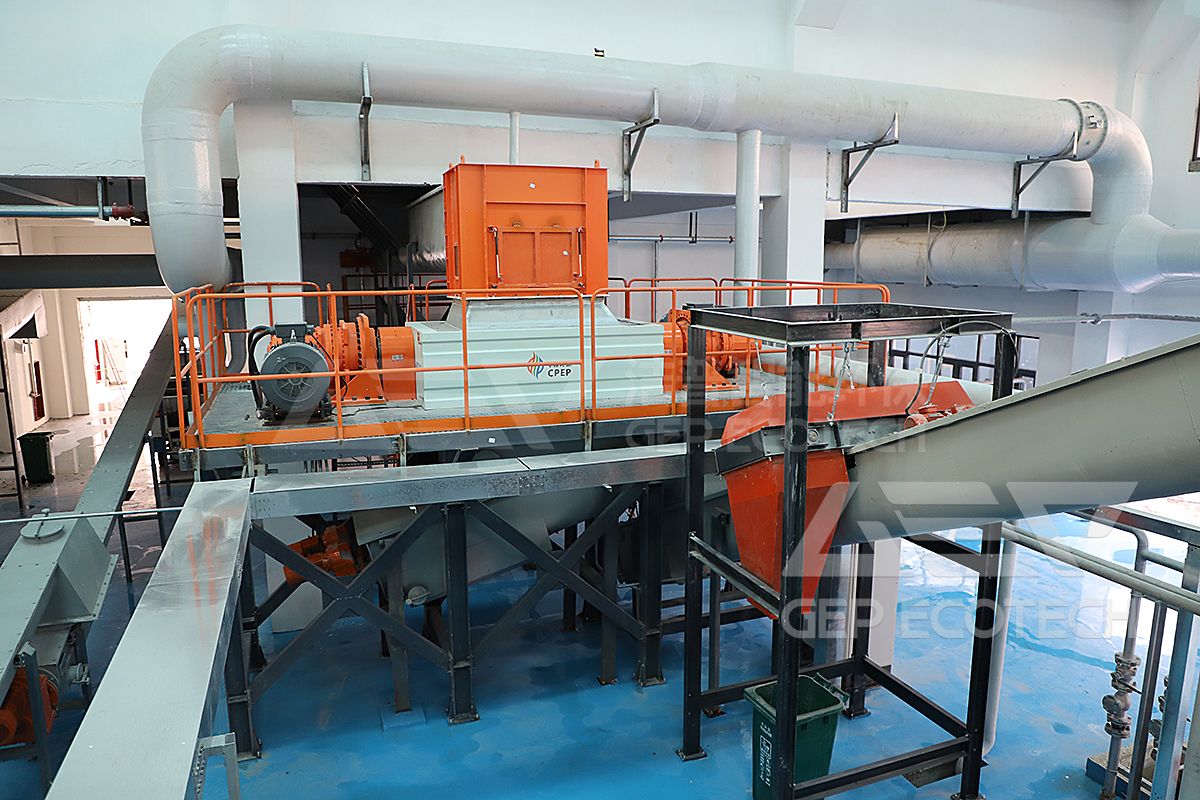
GEP's kitchen waste shredder can participate in the pre-crushing process of the above various kitchen waste treatment methods, laying a foundation for improving the treatment efficiency of subsequent processes such as separation, incineration and composting of organic and inorganic substances. The shredder adopts a special tool with corrosion resistance and wear resistance, which has strong shearing force and tearing force, and can shred various soft and hard kitchen waste; Multi-combined seal, no fear of wet garbage with large moisture; Material capacity reduction effect is obvious, low noise, low energy consumption, and can be concentrated and continuous operation, which is conducive to the recycling and energy application of kitchen waste.


